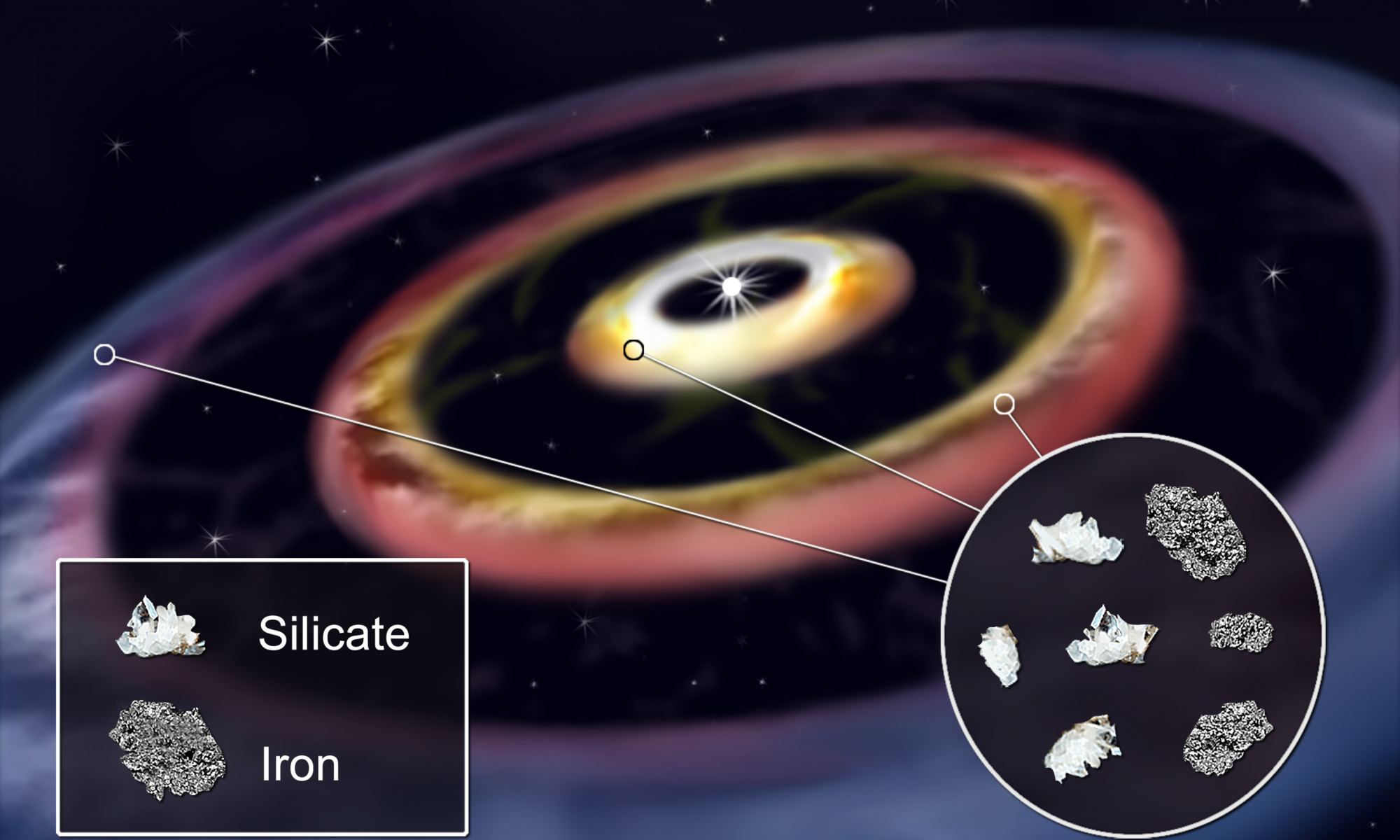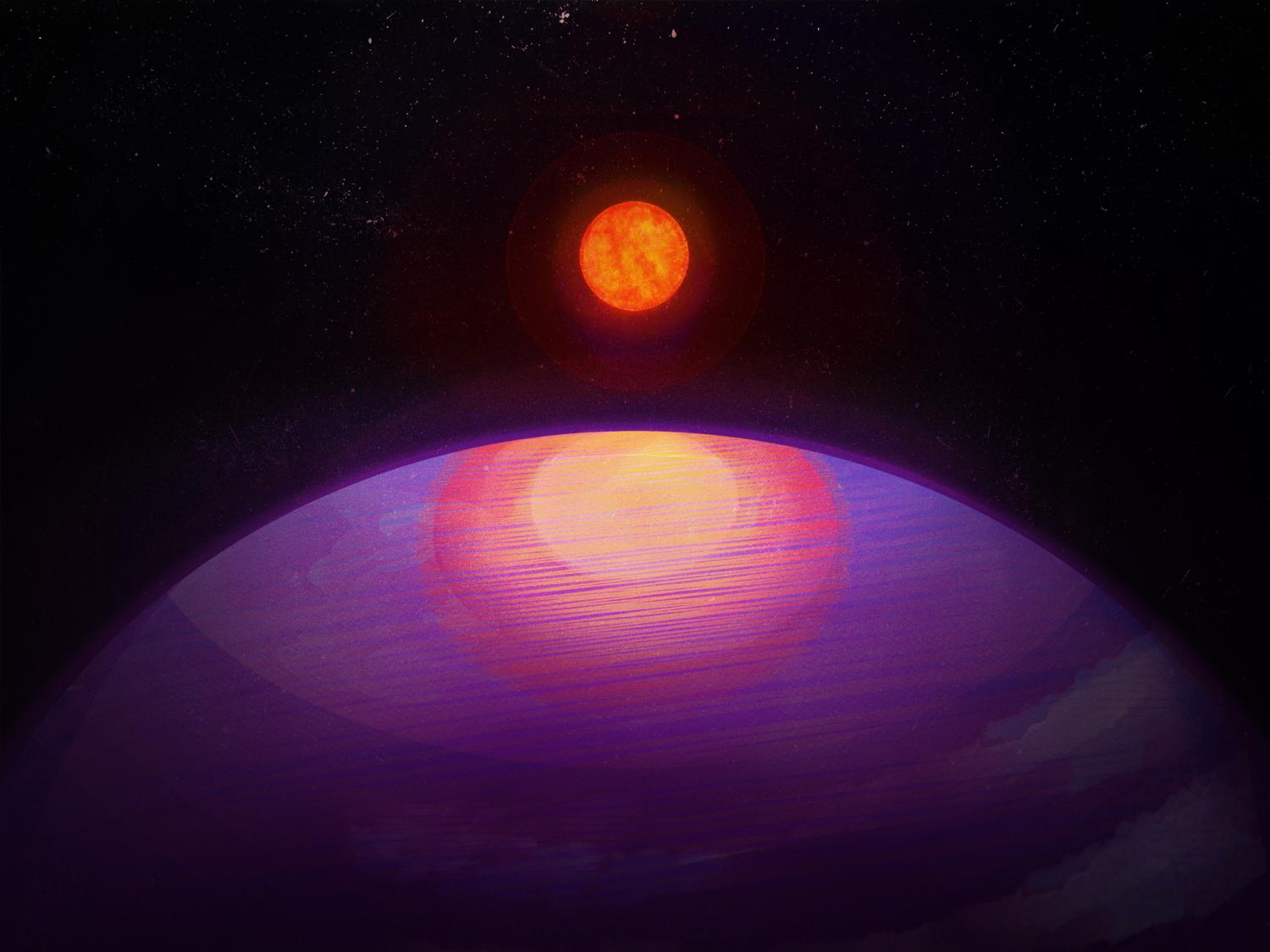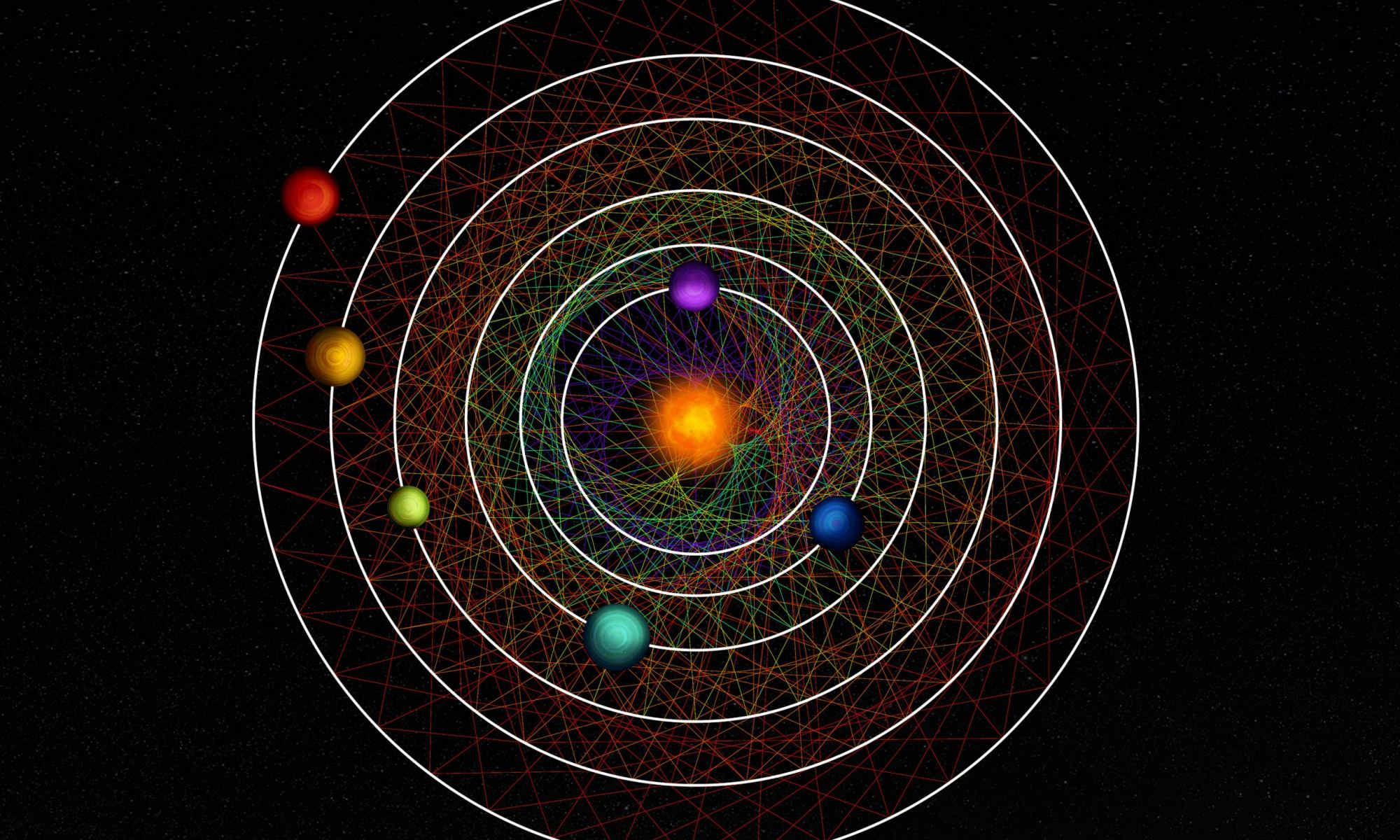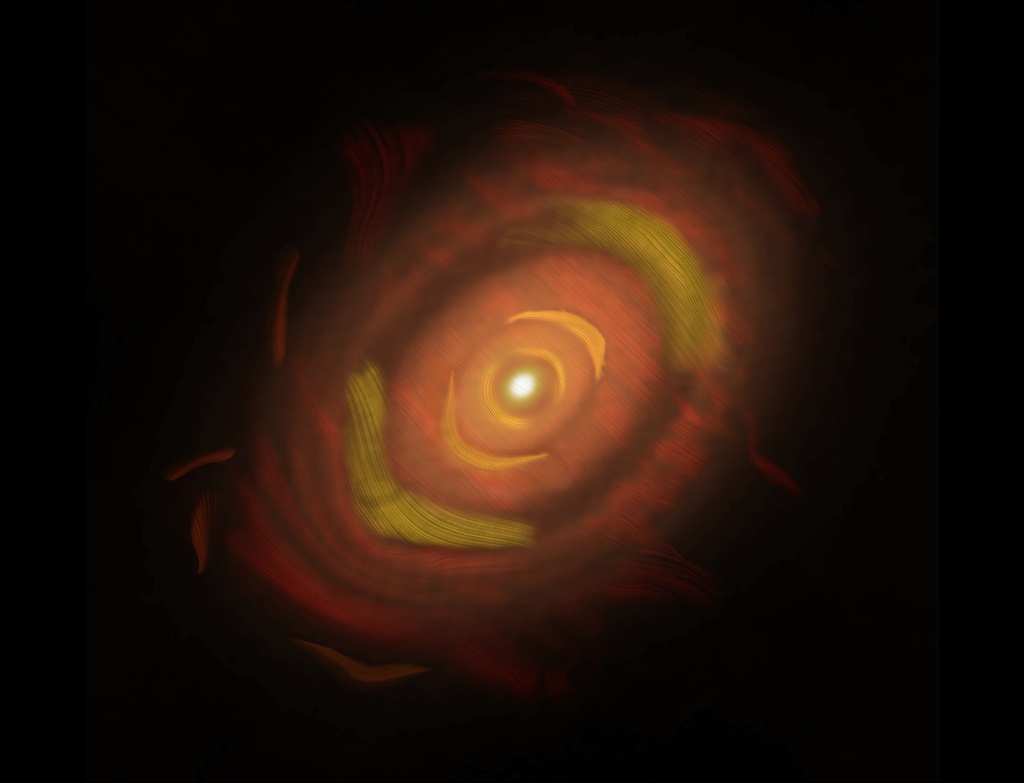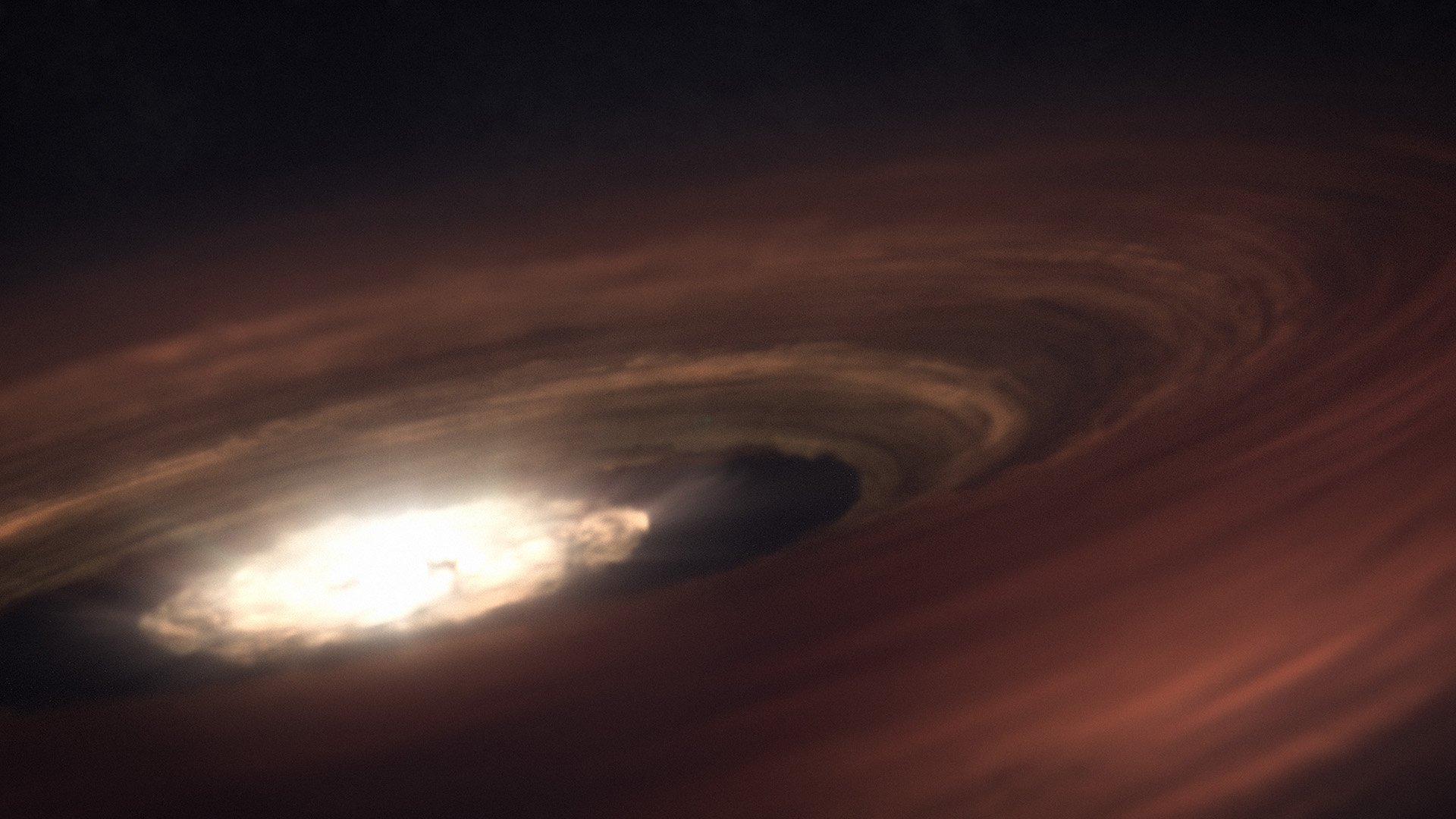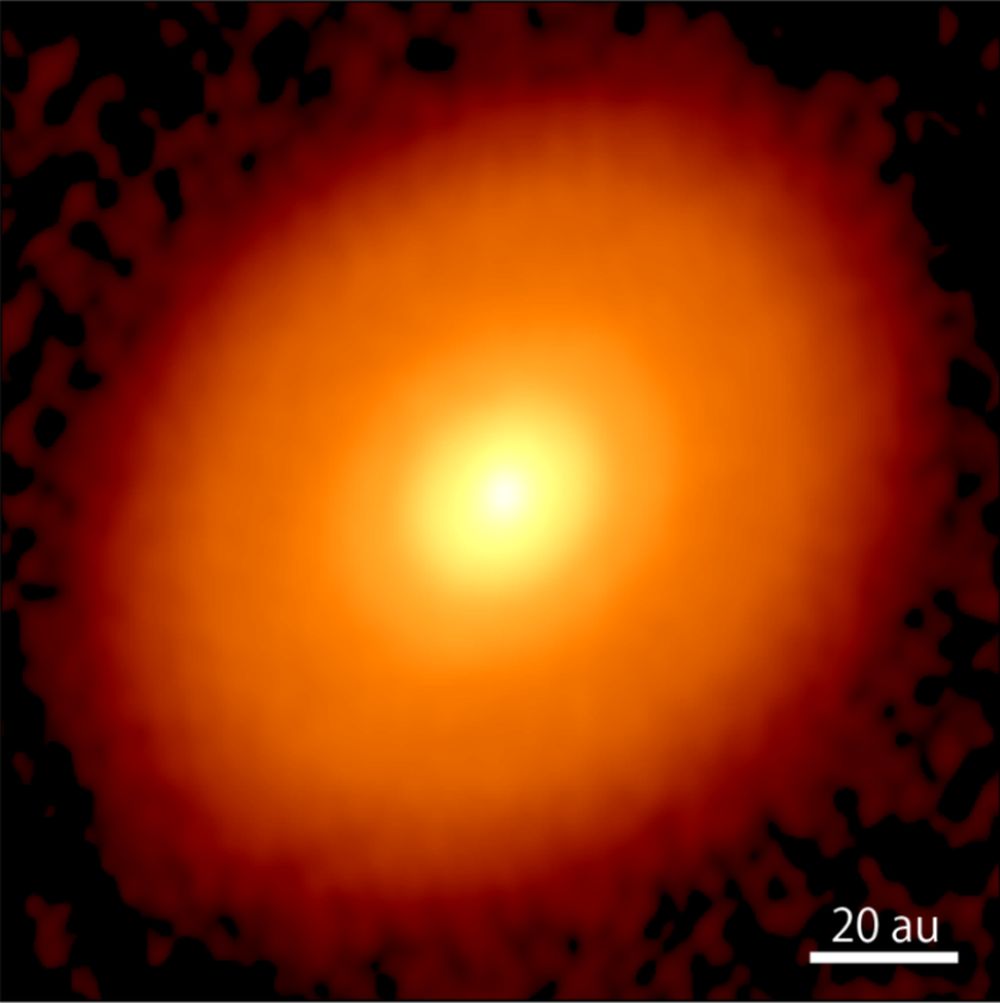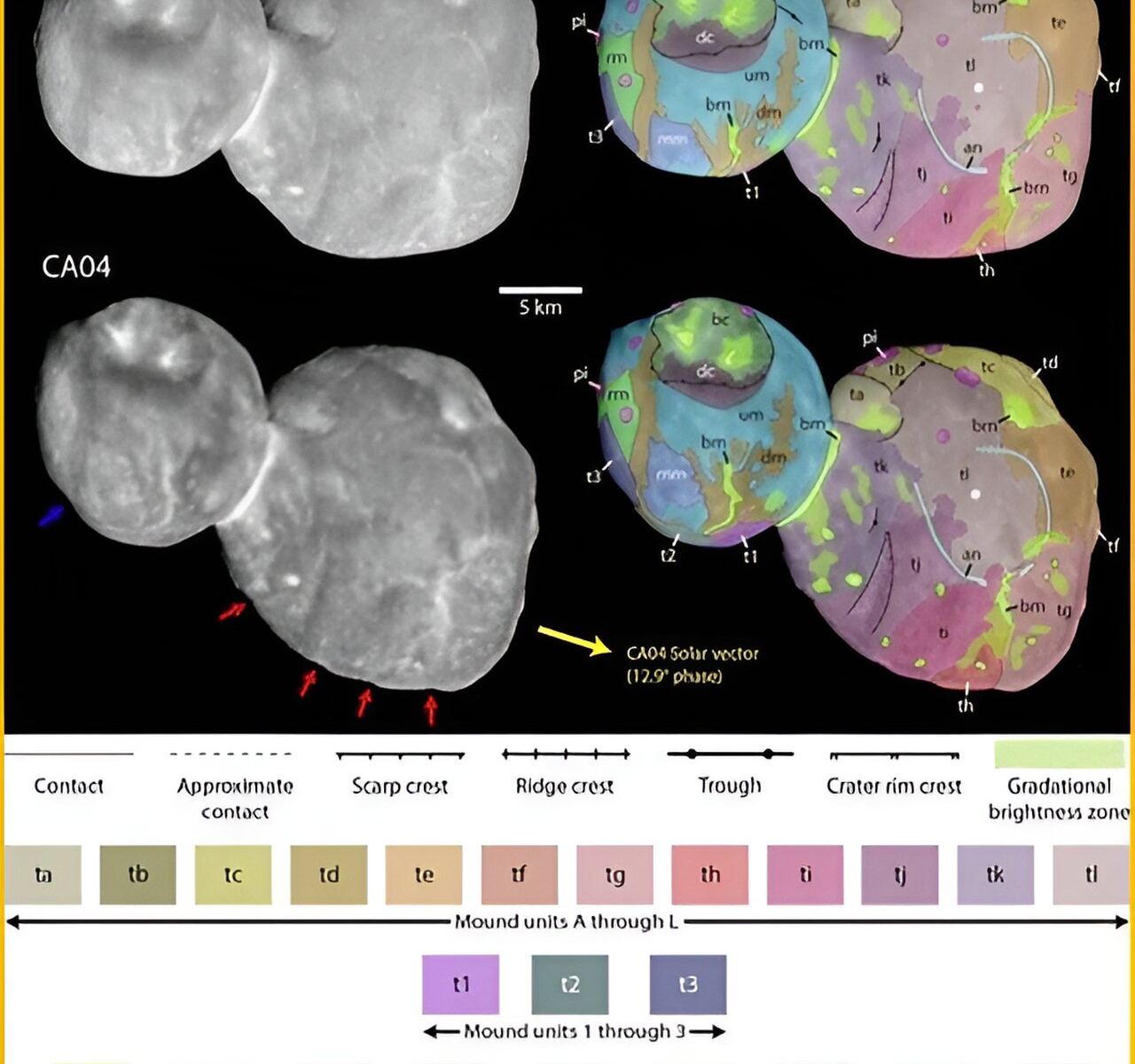Before planets form around a young star, the protosolar disk is populated with innumerable planetesimals. Over time, these planetesimals combine to form planets, and the core accretion theory explains how that happens. But before there are planets, the disk full of planetesimals is a messy place.
Continue reading “Planetesimals Are Buffeted by Wind in their Nebula, Throwing Debris into Space”Planetesimals Are Buffeted by Wind in their Nebula, Throwing Debris into Space



